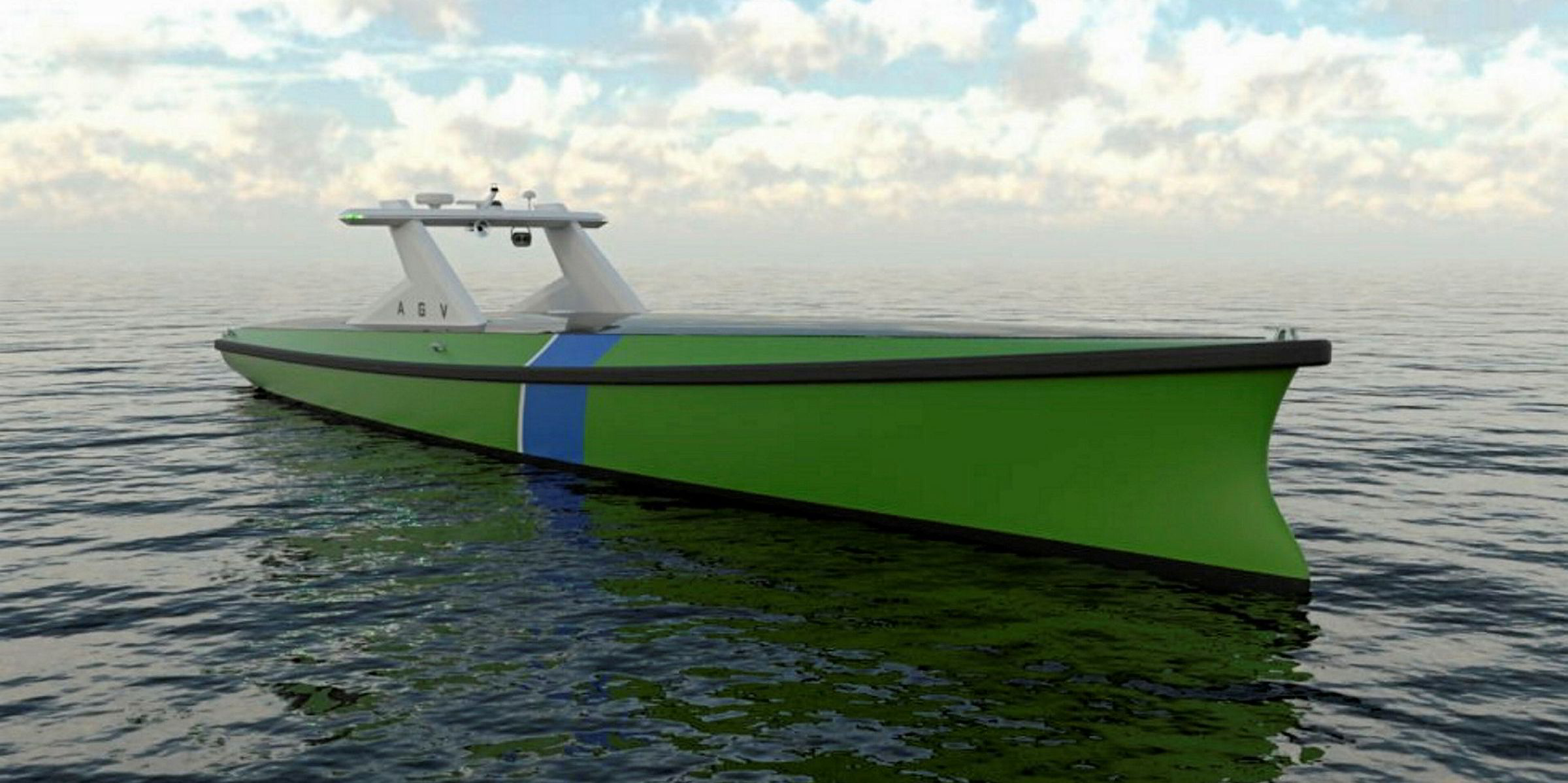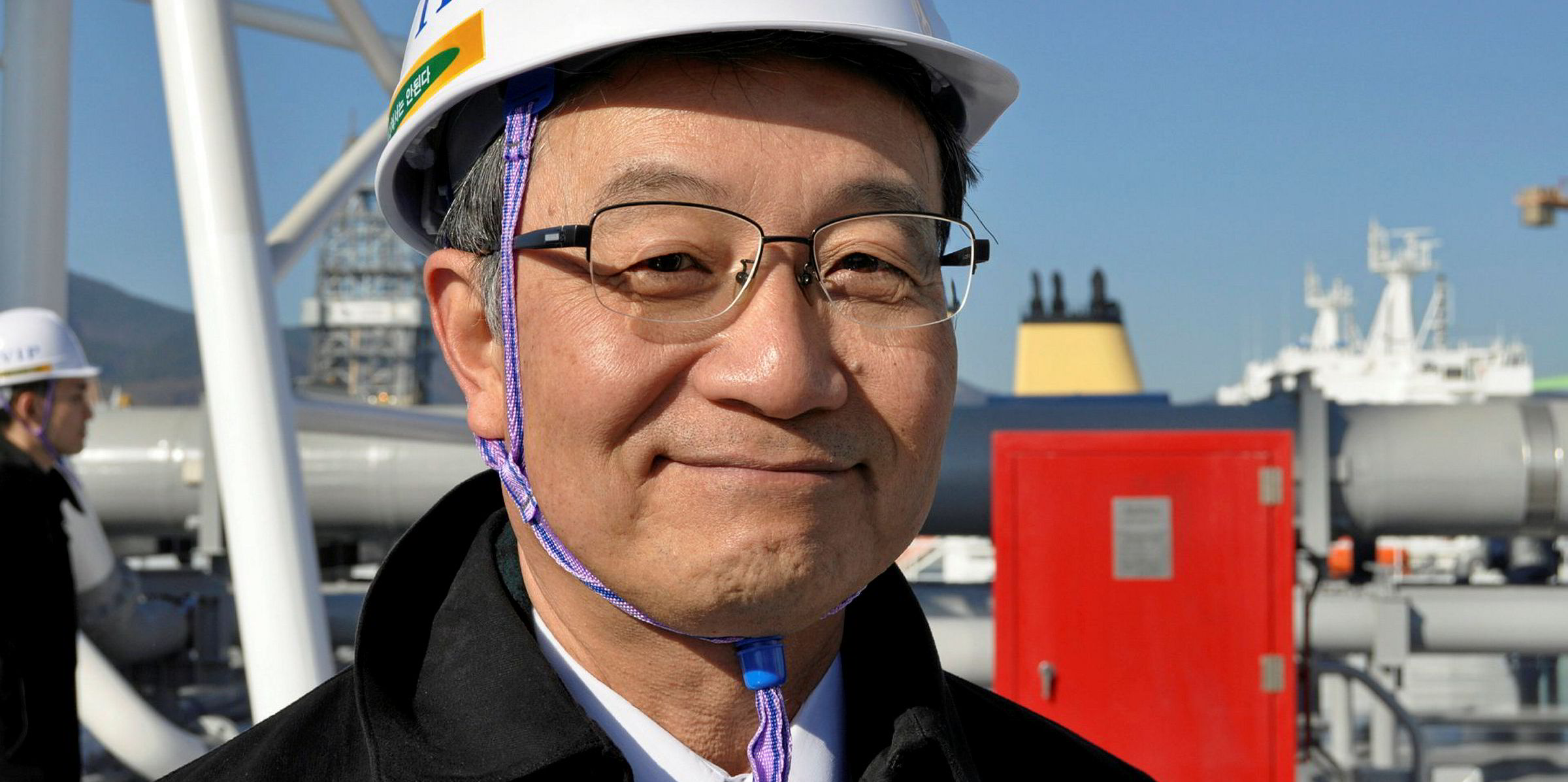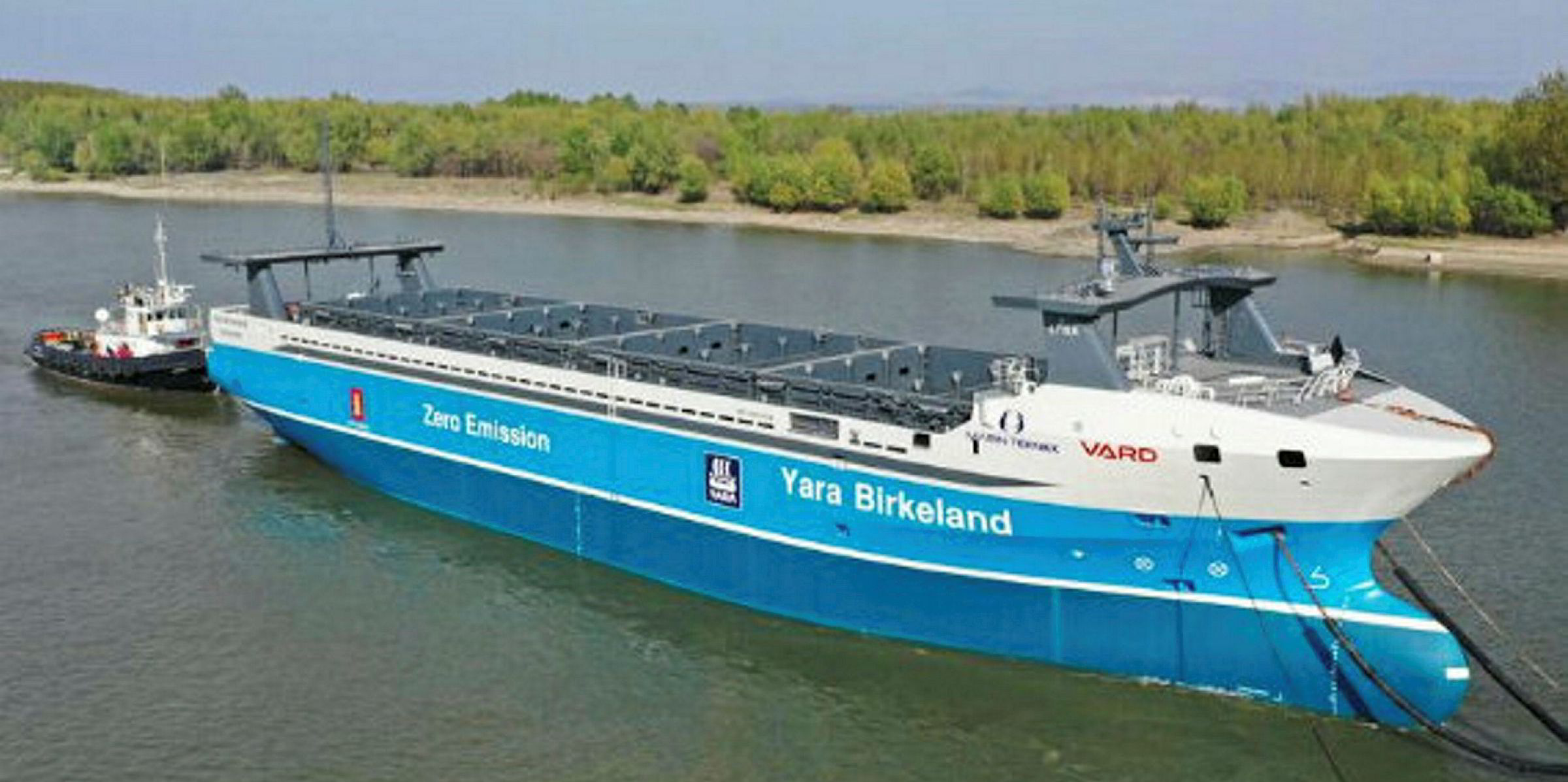A new concept design has been launched for an autonomous guard vessel (AGV) to protect offshore windfarms and the ships trying to navigate around them.
The 11.7-metre-long AGV has a smaller and lighter design compared to current guard vessels on the water.
The design is propelled by batteries that can be which can recharged at a charging station supplied with renewable energy.
Solar panels on the vessel's topside allow the AGV to continue its navigation and communications in case the batteries run out of power.
The concept has also been designed to emit "minimal" underwater noise in order to limit disturbances to local marine life.
The unmanned vessel has a been developed by consortium of European naval architecture and marine engineering firms comprising C-Job Naval Architects, SeaZip Offshore Service, Sea Machines, Marin and eL-Tec elektrotechnologie.
Collaboration work
The collaboration was facilitated by LISA, a community for maritime professionals that aims to create innovation by sharing expertise.
“Guard vessels perform an essential job, however, it is not the most exciting one for crew," said Pelle de Jong, founding partner of LISA.
"Combined with the fact that conventional guard vessels are mostly outdated and thus aren’t necessarily the most comfortable let alone sustainable, it can be difficult to find well-trained crew willing to do the job."
De Jong said the project group set out to improve upon the overall process of securing an offshore area while incorporating sustainable solutions and reducing overall cost.
"By utilising the knowledge we have as a group as well as the technology already available, we succeeded in creating a design which does this and more," he said of the collaboration.
Frank Relou, business development manager at Sea Machines, said the project typifies how innovation is particularly benefiting niche vessel types.
“Smart vessel technology will have the most significant initial impact on small workboats, such as this guard vessel," Relou said.
Autonomous technology is in development for operating vessels in niche segments like marine surveys, fire, patrol, aquaculture and offshore wind operations, he added.
Surveillance work
The AGV is specifically designed for surveillance of offshore structures, ranging from wind farms to substation platforms and cable routes, throughout their lifespan.
The autonomous vessel can continuously monitor nearby marine traffic visually as well as with radar and AIS data.
When another vessel approaches, the AGV will take action to secure the area in order to avoid collisions and damage to the offshore infrastructure.
The vessel can also communicate with an intruding vessel and can send information on how to safely navigate the area.
The AGV can also physically escort intruding vessels away from the site and record the encounter to provide video footage in case of any incident or accident.
The consortium envisions an offshore site will need a number of AGVs for surveillance, which can take turns in monitoring the area and recharging.
Harm Mulder, operations manager at SeaZip Offshore Service, said that a fully charged AGV can remain on stand-by supporting operations if a situation arises.
"For example, when an intrusion is detected, one of the AGVs will monitor, warn, and escort the intruding ship to safety, while the others continue normal operations," he explained.
"Alternatively, it could take over from a monitoring vessel in case the battery runs out of power."








